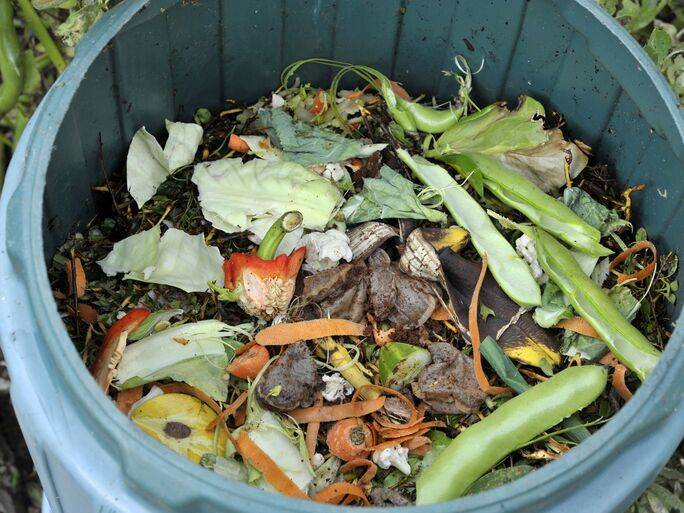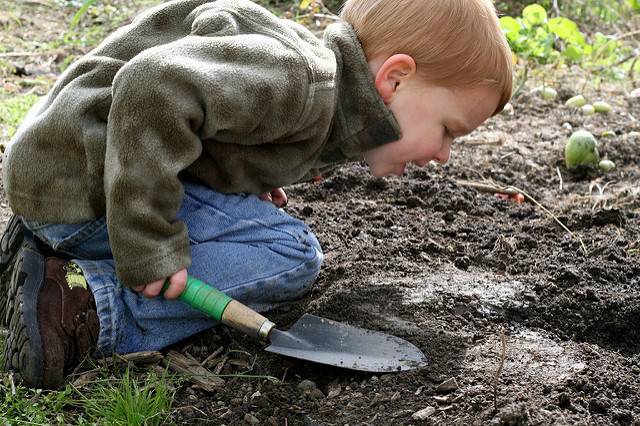Introduction
Composting at home is an excellent way to recycle kitchen and garden waste while enriching your soil. It’s an eco-friendly practice that reduces landfill waste and provides nutrient-rich compost for your plants. This comprehensive guide will take you through 10 easy steps to start composting at home, ensuring you achieve a successful composting system.
1. Choose the Right Composting Method
There are several composting methods to choose from, depending on your space, time, and commitment level. The main types include:
Cold Composting:
This is the simplest method. You add organic materials to a pile and let them decompose naturally. It requires minimal effort but takes longer to produce compost.
Hot Composting:
This method involves actively managing your compost pile to maintain high temperatures, speeding up the decomposition process. It requires regular turning and monitoring but produces compost faster.
Vermicomposting:
Using worms to break down organic material, this method is great for indoor composting and produces high-quality compost called worm castings.
Tumbler Composting:
Using a compost tumbler allows you to turn the compost easily, speeding up the process while keeping it contained and neat.

2. Select a Compost Bin or Pile Location
Your compost bin or pile should be in a convenient location with good drainage and partial sunlight. If you’re using a bin, make sure it has adequate ventilation. Popular options include:
- Outdoor Compost Bins: Available in various sizes and materials, these are ideal for larger spaces.
- Compost Tumblers: These enclosed bins are easy to turn, speeding up decomposition.
- Indoor Bins: Perfect for kitchen waste, these bins are compact and often used for vermicomposting.
3. Gather Your Composting Materials
To create a balanced compost pile, you need a mix of green and brown materials. Green materials provide nitrogen, while brown materials add carbon.
Green Materials:
- Fruit and vegetable scraps
- Coffee grounds and filters
- Grass clippings
- Fresh leaves
Brown Materials:
- Dried leaves
- Straw and hay
- Shredded paper and cardboard
- Wood chips
Avoid adding meat, dairy, oily foods, and diseased plants to your compost.
4. Start with a Base Layer
Begin your compost pile with a base layer of coarse materials like twigs and straw. This layer helps with drainage and aeration, preventing your compost from becoming too soggy. Aim for a layer about 6-8 inches deep.
5. Alternate Layers of Green and Brown Materials
To maintain a healthy compost pile, alternate layers of green and brown materials. This balance ensures that your compost has the right mix of nitrogen and carbon for efficient decomposition. Aim for a ratio of roughly 3 parts brown to 1 part green material.
Example Layering:
- First Layer: Brown materials (dried leaves, straw)
- Second Layer: Green materials (vegetable scraps, grass clippings)
- Third Layer: Brown materials (shredded paper, wood chips)
Continue alternating until your pile is built.

6. Maintain Moisture Levels
Your compost pile should be as moist as a wrung-out sponge. Too dry, and decomposition will slow down; too wet, and it can become smelly and slimy. Check the moisture level regularly and add water if it’s dry or more brown materials if it’s too wet.
7. Aerate Your Compost
Oxygen is crucial for the decomposition process. Regularly turning your compost pile helps introduce oxygen and speeds up decomposition. Use a pitchfork or compost aerator to turn the pile every 1-2 weeks.
8. Monitor Temperature
For hot composting, maintaining the right temperature is essential. Your compost pile should ideally reach between 135°F and 160°F. Use a compost thermometer to monitor the temperature, and turn the pile if it gets too hot or too cold.
9. Troubleshoot Common Problems
Odor Issues:
- Too Wet: Add more brown materials.
- Too Dry: Add water and green materials.
- Wrong Materials: Avoid meat, dairy, and oily foods.
Slow Decomposition:
- Lack of Nitrogen: Add more green materials.
- Lack of Oxygen: Turn the pile more frequently.
- Incorrect Moisture Levels: Adjust as needed.
10. Harvest Your Compost
After several months, your compost should be dark, crumbly, and smell like fresh earth. This indicates it’s ready to use. Sift out any large, undecomposed materials and return them to the pile for further decomposition. Use your finished compost to enrich garden soil, mulch plants, or as a component in potting mix.
Conclusion:
Starting a composting system at home is a rewarding and eco-friendly way to manage your organic waste and improve your garden soil. By following these 10 easy steps, you can create nutrient-rich compost that will help your plants thrive. Happy composting!
YOU MAY ALSO VISIT:
https://gotrendyusa.com/unveiling-the-3-in-1-soil-moisture-meter-a-complete-guide/

